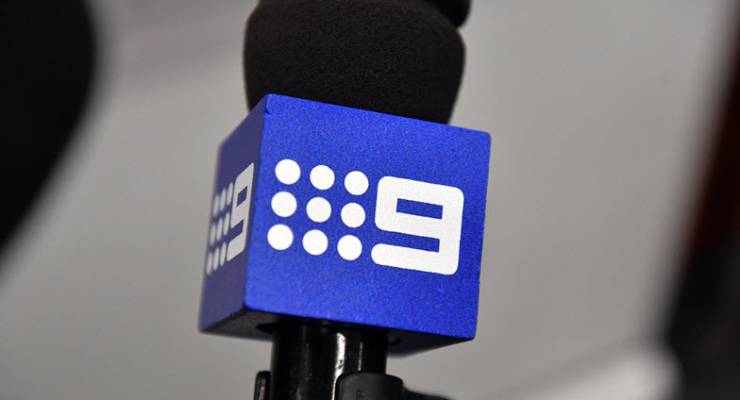
The most important news in the Australian media industry this week wasn’t Nine Entertainment’s $115 million sale of its struggling Australian Community Media stable. It was the update issued the next day, where Nine revealed higher revenues for its legacy businesses in the free-to-air TV network and Fairfax Media’s metro newspapers.
This was an update that mostly escaped even Nine’s own former Fairfax newspapers. The bottom line is that Nine will be the most profitable Australian-owned media business this year and next — a point that will be underlined in a week’s time from what will be a weak quarterly report for News Corp and its Australian papers and Foxtel.
Nine has now clearly overtaken rivals Seven West Media (controlled by Kerry Stokes) and News Corp (controlled by the Murdoch clan). Based on present financial data there is no way Seven West Media can regain the lead, even if its TV business bounces back and surpasses Nine. News Corp is also poorly placed, with the finances of its Australian newspapers under pressure (job cuts at the Courier Mail in Brisbane and more said to be coming at The Australian) and Foxtel needing a capital injection and debt restructuring to help ease the pain.
Nine, on the other hand, is powering ahead. CEO Hugh Marks told the Macquarie investment conference on Wednesday that Nine will lift earnings by 10% to between $420 million and $430 million by the end of the 2018-19 financial year. That will be more than double the expected profit at rival Seven West Media.
Emphasising Nine’s stronger position, the company revealed its free-to-air TV revenue had risen 4% in the March quarter (a rare occurrence for free-to-air TV companies these days of weak audiences and weak ad spending by advertisers and Facebook and Google soaking up revenues). What made this news more startling was Nine’s description of the wider TV ad revenue market as “soft” (Nine’s March quarter ad share rose to 40.9%, up 4.2%). On top of that, the 4% improvement came after an 11% fall in TV ad revenues in the December half. Nine can thank Married At First Sight and Travel Guides for the improvement, which were the two best performing programs in the quarter.
Marks also told the Macquarie conference that the metro media arm of Fairfax was “much better than we anticipated” before the takeover late last year. Nine revealed that the metro media business saw a 3% rise in ad revenue in the March quarter and a 12% rise overall in print and digital revenues. The 9Now video-on-demand business saw a 75% jump in third quarter revenues, while the Stan streaming service broke even in the March quarter in cash flow and profit terms and is now expected to start earning small but growing profits (on an earnings before interest, tax, depreciation and amortisation basis).
Nine estimated that Stan would earn EBITDA of more than $30 million in 2019-20, 9Now revenues would grow by $25 million with a further $30 million or more in cost cuts to be made in the wake of the $20 million or so cut this year after the Fairfax takeover. Nine didn’t make any forecasts for free-to-air TV or the metro media papers though, indicating that both legacy businesses continue to battle soft conditions.
The only negative for Nine is the weak property market and its 59.2% listings business (which was one of the two attractions at Fairfax — the other was the 50% of Stan). Domain revealed a 13% fall in listings in the March quarter and a 6% fall in revenue (partly offset by lower costs). Marks told the Macquarie conference that the property market was more negative than anticipated, which seems odd given that house prices have been falling since late 2017.








Crikey is committed to hosting lively discussions. Help us keep the conversation useful, interesting and welcoming. We aim to publish comments quickly in the interest of promoting robust conversation, but we’re a small team and we deploy filters to protect against legal risk. Occasionally your comment may be held up while we review, but we’re working as fast as we can to keep the conversation rolling.
The Crikey comment section is members-only content. Please subscribe to leave a comment.
The Crikey comment section is members-only content. Please login to leave a comment.